How do animals adapt and survive in their environment? How can a polar bear survive living in cold weather? Children tend to have a natural curiosity about the world and animals in it. There are lots of fun science experiments for kids to learn about animal adaptations and all the special features animals have to help them survive.
In the winter, polar bears are always a topic that comes up in my classroom. Children feel how cold the snow and winter weather is for them and they naturally wonder about how animals who thrive in the cold are able to do it.
Instead of simply telling children how animals adapt to the cold and different conditions, you can show them with this science experiment about animal adaptions for kids.
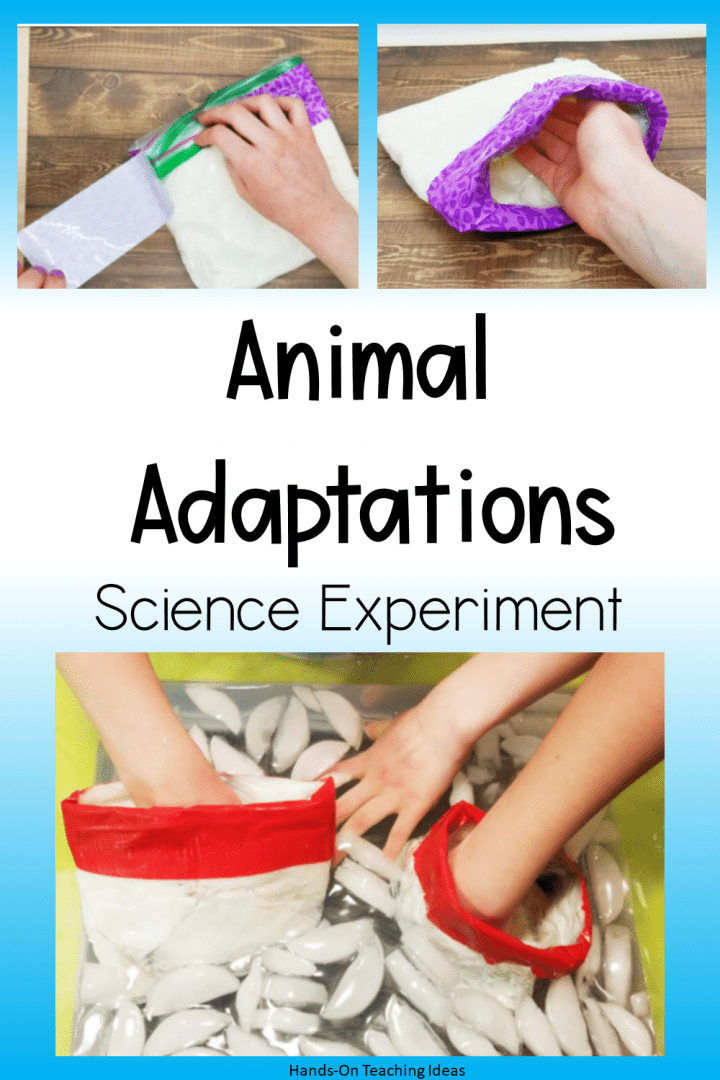
As a basic explanation, polar bears bodies are different from ours. Their bodies have adapted to the cold and include special features that make it so that they can live in places with snow and cold weather.
Under a polar bears skin, they have a thick layer of blubber, or fat, that helps keeps them warm. Kind of link their own heavy winter jacket. This experiment will show children exactly what that layer of blubber really does as children experience it hands-on.
Science Experiments for Kids -The Materials
This experiment only requires a few materials. You will be creating a mitt to simulate the layer of blubber that a polar bear has on its body.
- Shortening / Lard (Room Temperature)
- Plastic Baggies
- Strong, Thick, Waterproof Tape
- Large Bucket with Water
- Ice
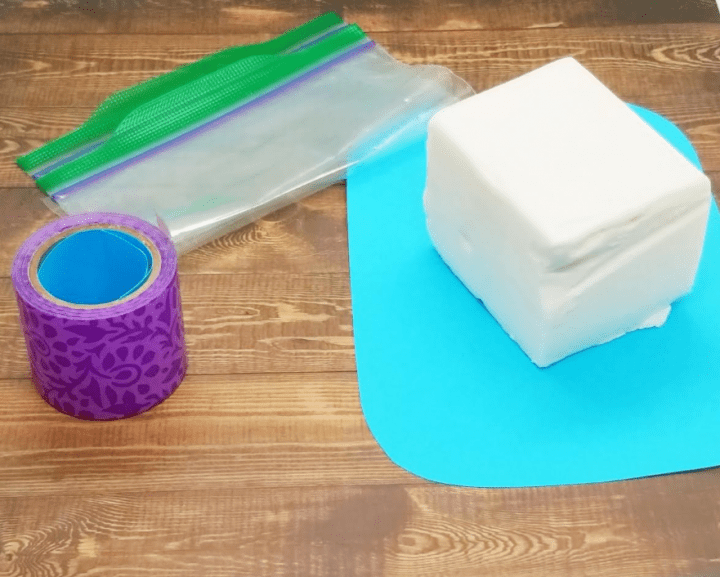
Once you have all of your materials, you are ready to create your polar bear mitt.
Creating Your Mitten
Start by putting some of the shortening into one of the plastic bags. Fill the bag about 3/4 full.
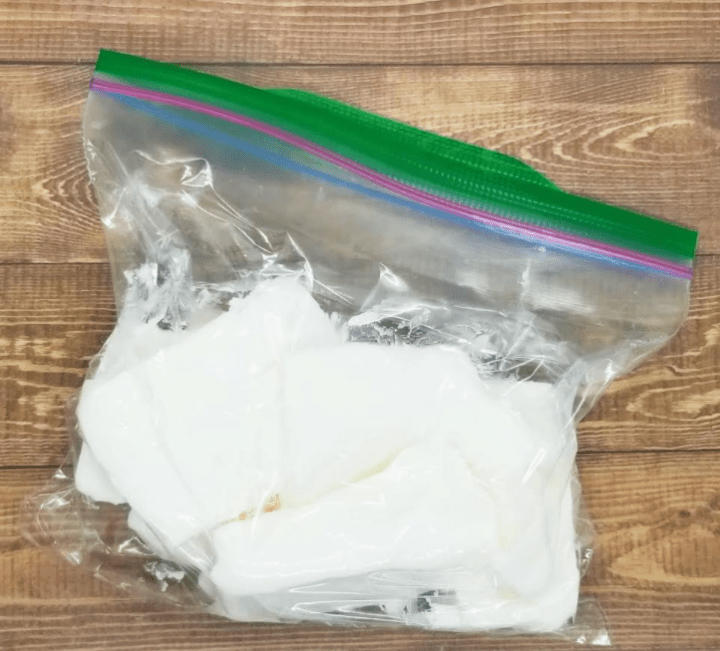
Next, insert another plastic bag into the bag with the shortening. Make sure that none of the shortening gets into this bag. Keep your hand in the bag and squish the shortening around the bag so that it is surrounded on all sides.
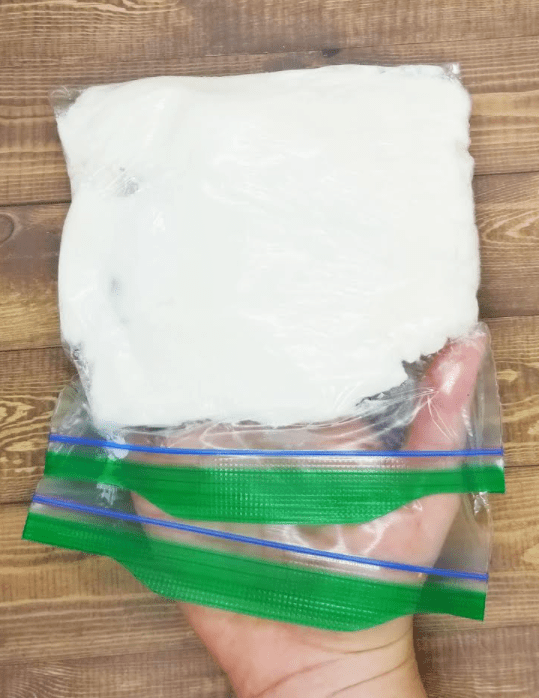
You should be able to put your hand into the inside bag without touching any shortening.
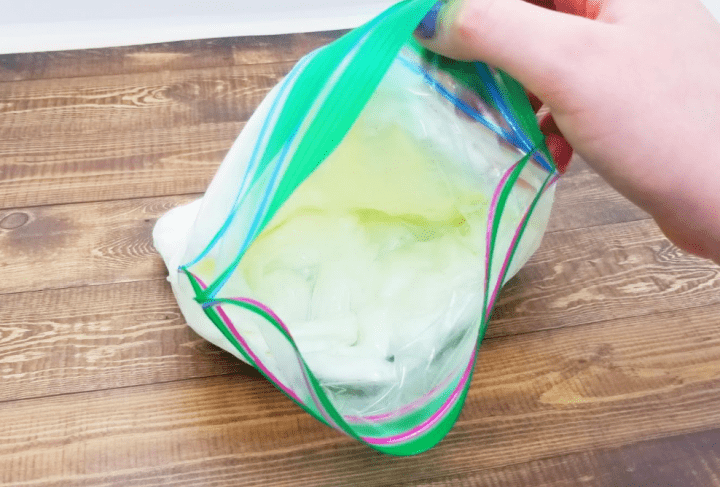
Next, fold down the top of the inside bag so that it covers over the top of the bag filled with shortening. Once folded, use the tape to seal around the top. Make sure that the tape covers and seals the tops of the bags so that no shortening can squeeze out.
Apply a few layers if needed.
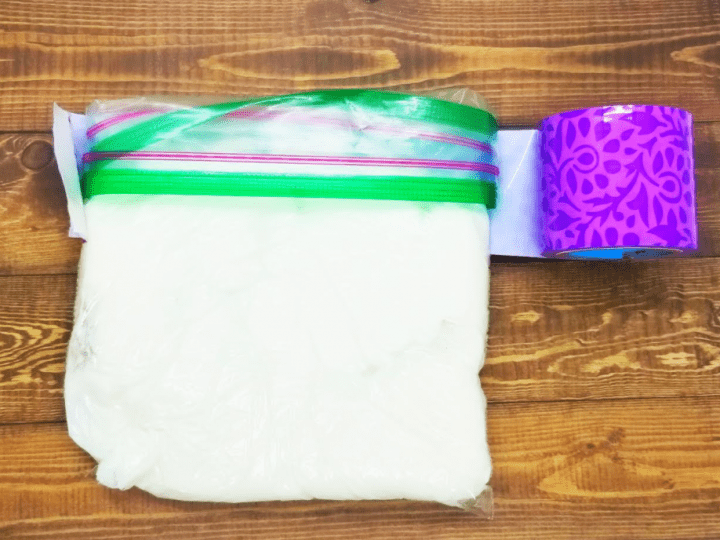
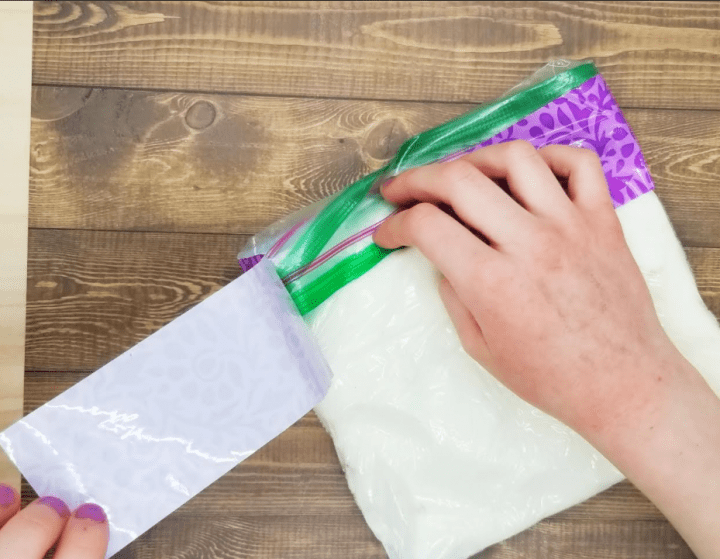
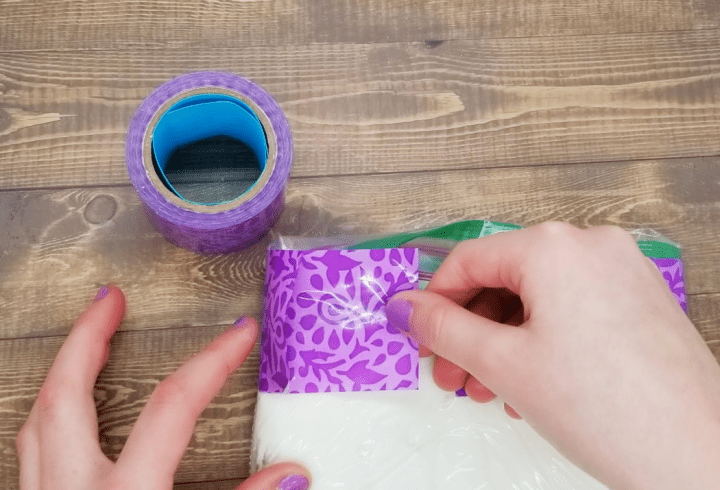
Your polar bear mitten is complete!
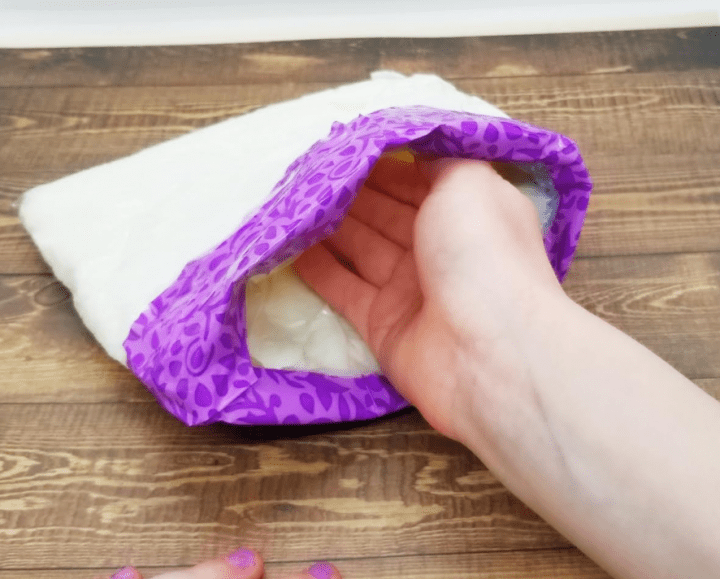
Science Experiments for Kids – The Steps
Once you have created your mitten, you are ready to try out the experiment! Since I did this experiment at school with a lot of children, I created several mitts so that more then one child could do the experiment at once.
I started by showing the children a bit of the shortening. We talked about how polar bears have a layer of something similar under their fur. Children predicted how they thought that would help them to stay warm.
Once everyone had predicted, I then showed the mittens that I had made.
If it is an option, having children create the mitts can also be a lot of fun for them and more hands-on learning. My kids helped me create them at home and enjoyed the process.
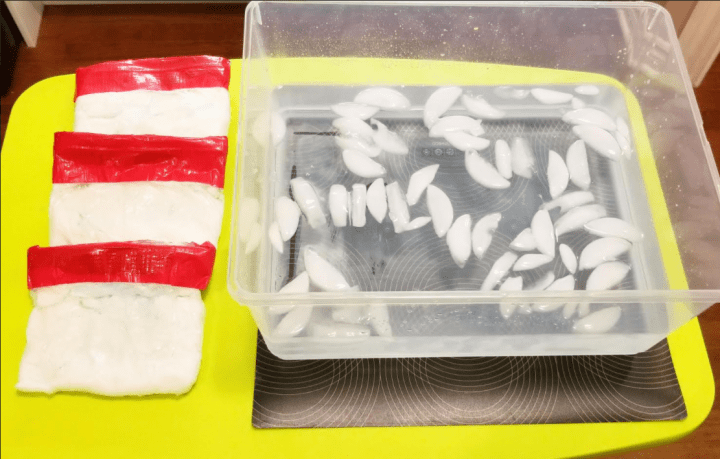
Next, I brought out the large bucket of ice water. I made sure to have a few ice cubes still floating on top to show how cold the water was.
I then had one child at a time come up and put on the mitt. With the mitt on they then put their hand with the mitt, and a bare hand into the water.
(Make sure that children only leave their bare hand in the water for a few seconds!)
The effect of the mitt with the shortening is obvious immediately.
Everyone had a chance to test out the mitt. Very quickly children noticed that the hand with the mitt was protected from the cold. Within seconds, everyone had to take out their bare hand because it was so cold.
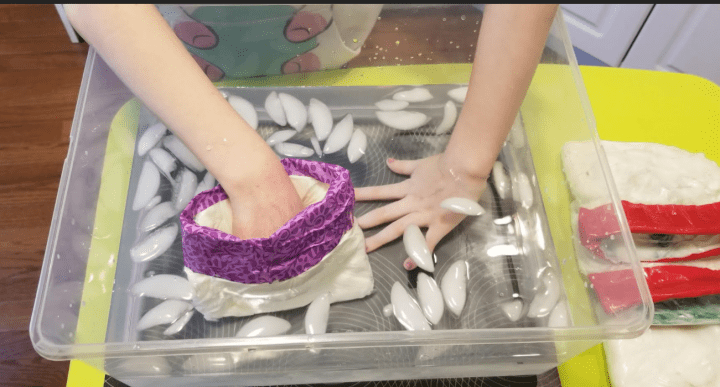
However, the hand inside the mitt was fine to stay in the ice cold water. The shortening, or blubber, protected their hand from the cold and kept it warm.
I love the idea of kids being able to feel the protection that a bear has when it builds up its layers before hibernating. The polar bear has adapted to their environment and can easily survive in the cold.
At home, my own children had a blast seeing how long they could keep their hand with the glove, in the water and then understanding, how polar bears, who are covered with a similar insulation, are able to survive the cold.
Science experiments for kids are a great way for children to learn something hands-on in a meaningful way that they will remember. This experiment is a really easy way to help show children this animal adaptation.
Extension Ideas and Tips
Although the edges are sealed and secure, if children are careful and don’t squish or pick at the bags, you can freeze them for later and use them again.
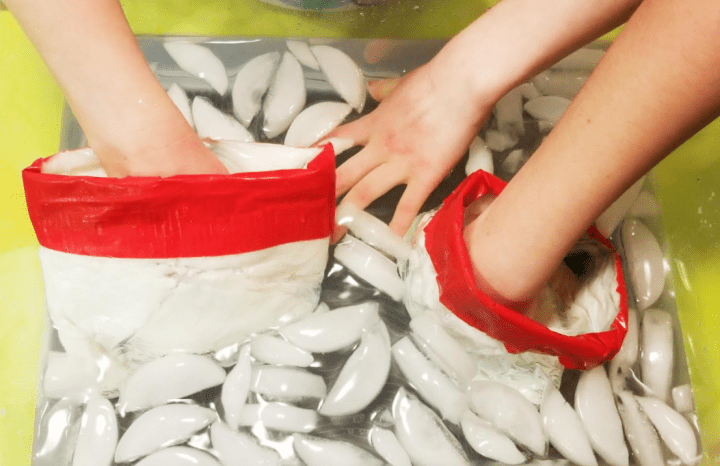
Science experiments for kids are a great way to teach children about animal adaptations. After completing this experiment, you can discuss with children what other adaptations they think polar bears, or other animals, have to help them survive.
Children may notice that a lot of animals who live in cold, snowy areas are white. Point out that this is an adaptation because the white helps them to camouflage and survive.
Animals and their adaptations are fascinating! Finding creative ways to teach about animal adaptations for kids is simple and rewarding!
For your convenience, this post contains affiliate links. As an Amazon Associate I earn from qualifying purchases and I may earn a small commission at no cost to you.
FREE STEAM Choice Board
Join Hands-On Teaching Ideas to gain access to my Free Resource Library filled with lots of printable learning resources, from a choice board full of STEM activities and science experiments for kids to escape room games, you can download anything that interests you for your classroom or home. Subscribe here.
More Hands-On Teaching Ideas
Looking for more learning activities including more science experiments for kids for kids at home or school? Below is a collection of my favourite, and most popular hands-on activities, from outdoor activities and building challenges to escape rooms and printables, I’ve got lots of ideas to keep kids busy and learning.


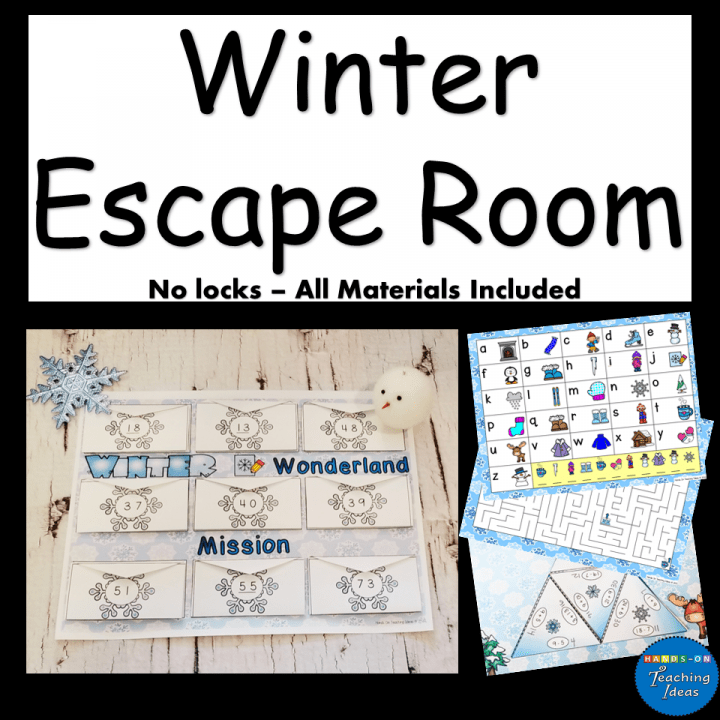
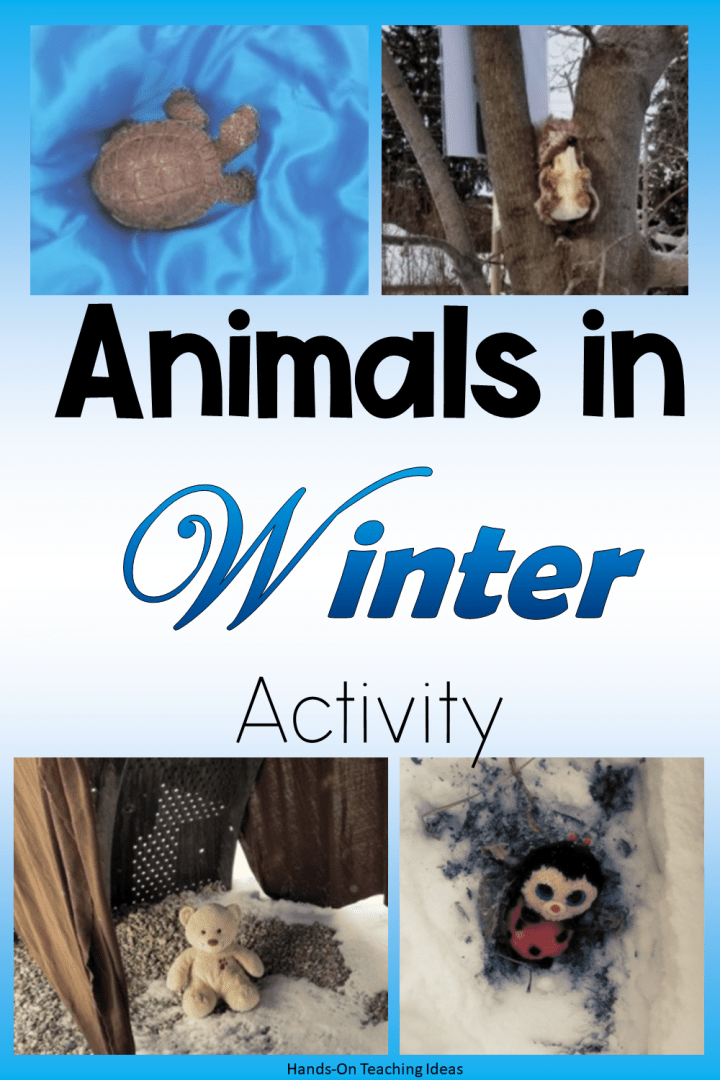
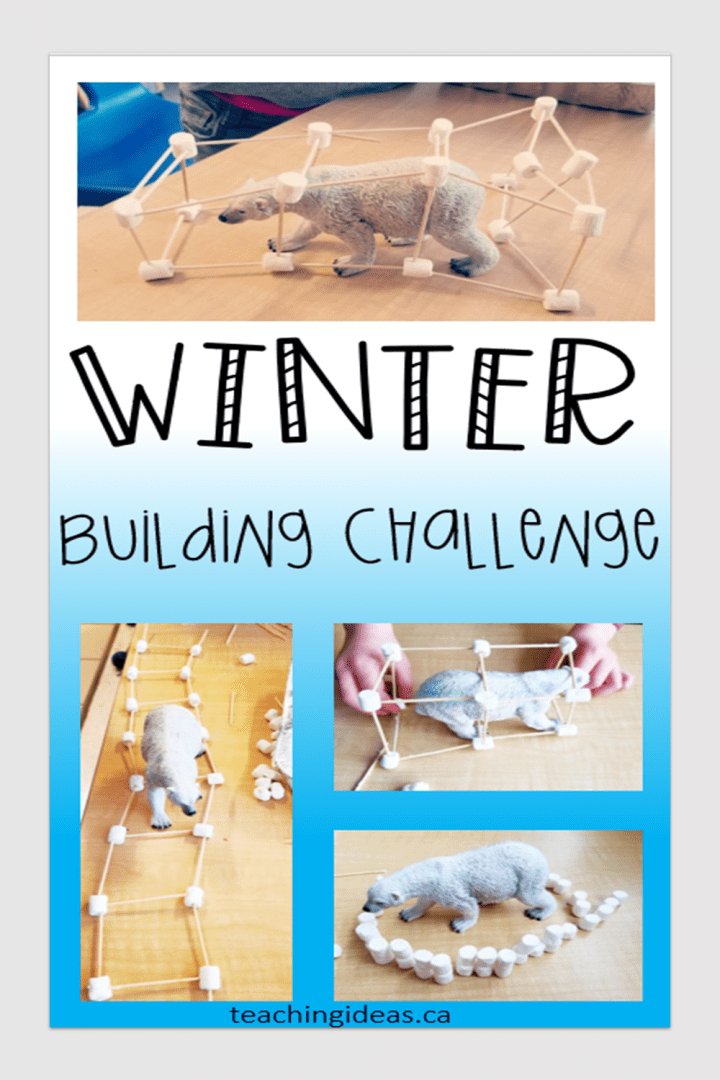
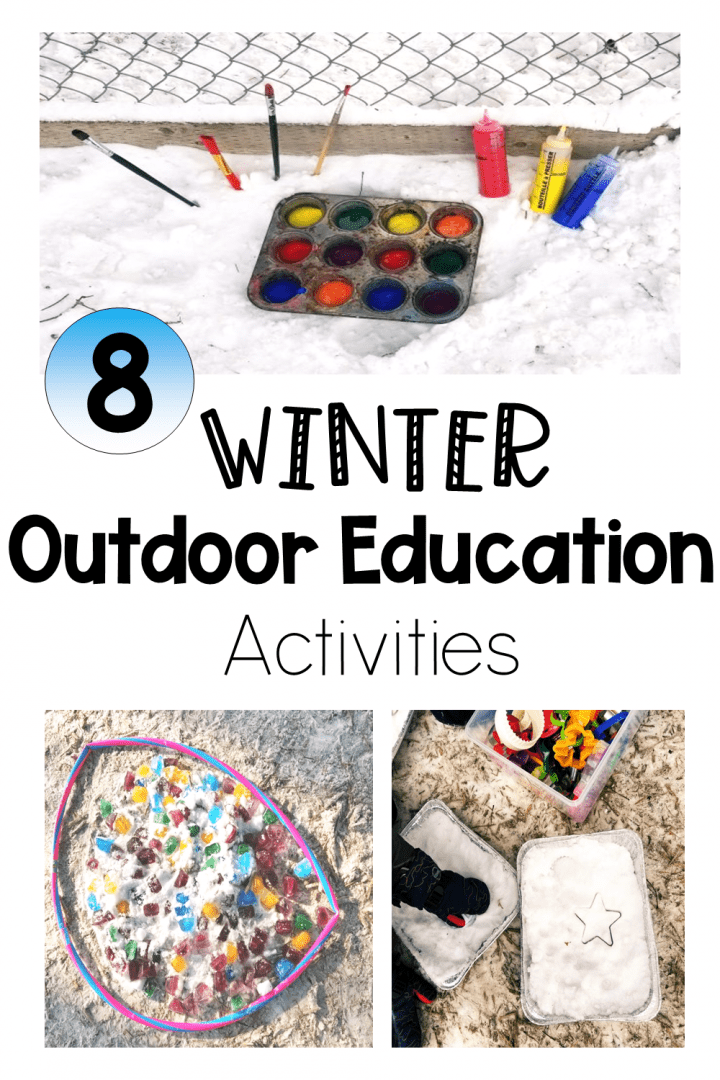
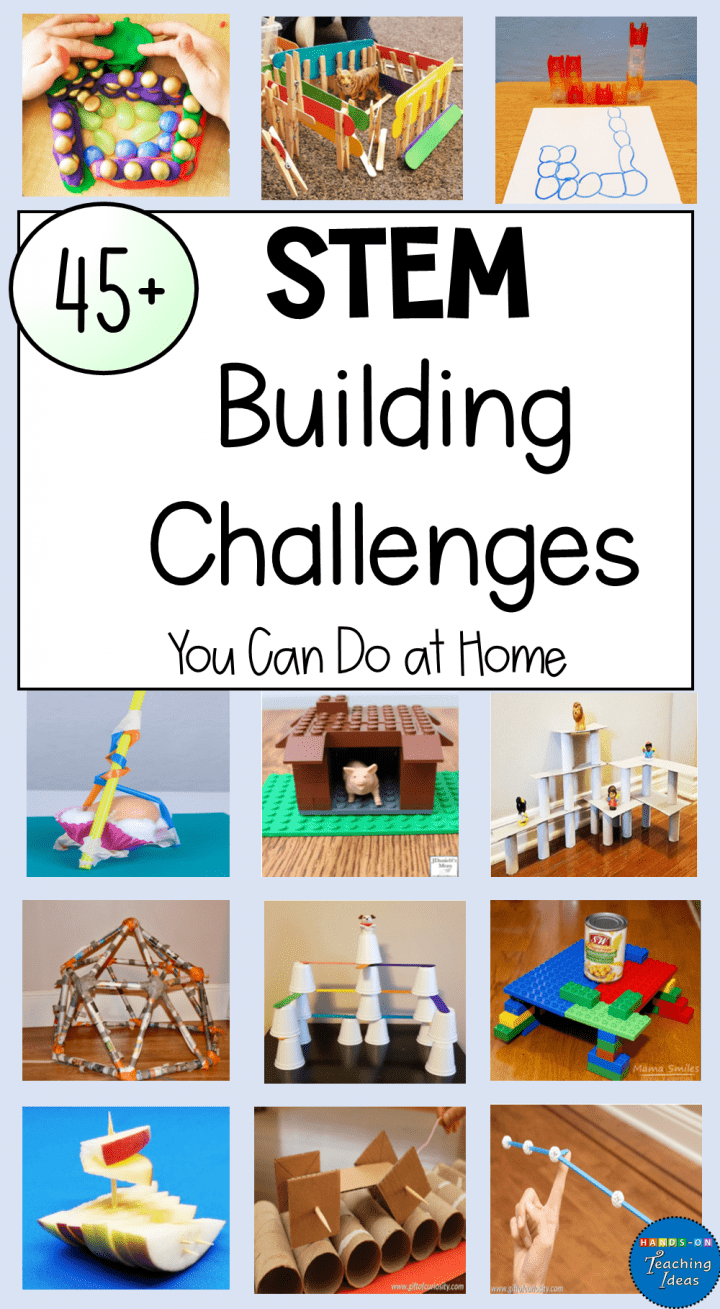
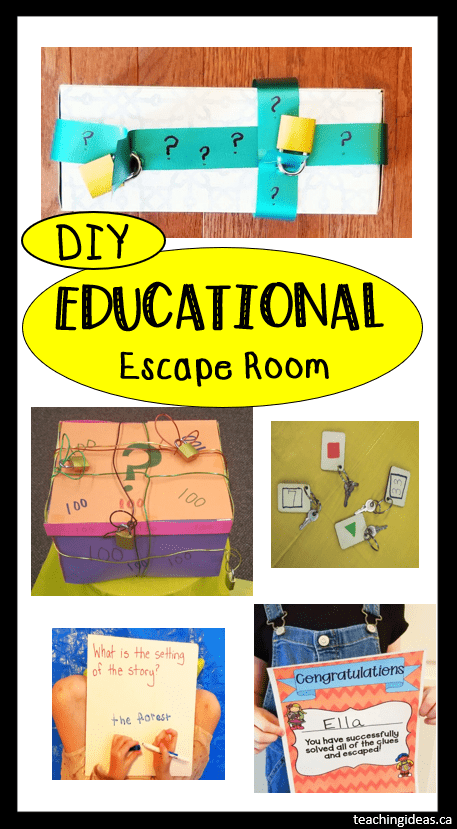
Leave a Reply